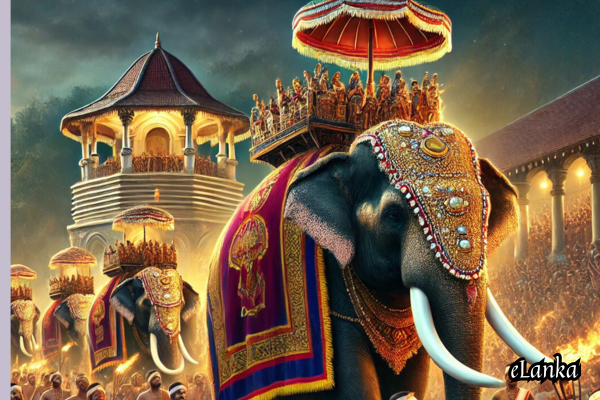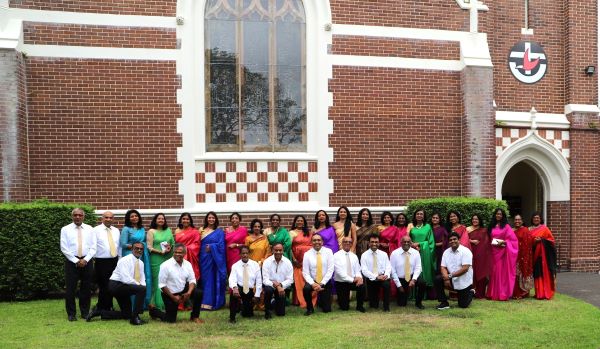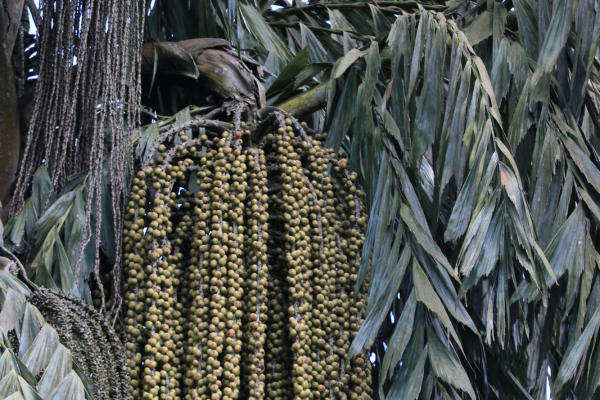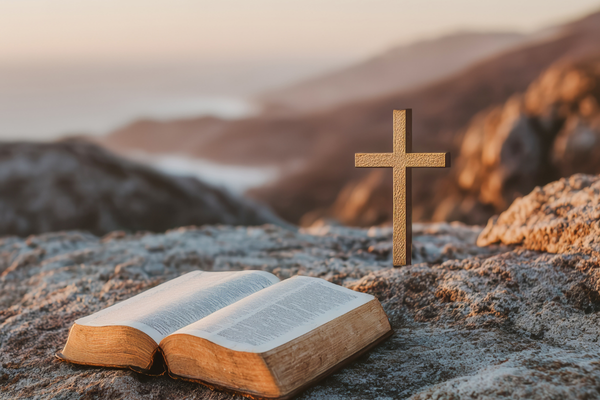The Majestic Splendor of Sri Lanka’s Perahera Processions – By Nadeeka – eLanka

Sri Lanka, an island steeped in history and culture, is renowned for its vibrant festivals, with the Esala Perahera standing as the crown jewel. This annual event, held in Kandy, embodies the rich heritage and religious devotion of the Sri Lankan people, attracting thousands of locals and tourists alike.
Historical Significance
The Esala Perahera traces its origins back over two millennia and is deeply intertwined with the island’s Buddhist traditions. It is held in honor of the Sacred Tooth Relic of Lord Buddha, housed in the Temple of the Tooth Relic (Sri Dalada Maligawa) in Kandy. The festival’s roots can be traced to the reign of King Kithsirimevan (305-331 CE), who decreed that the relic be paraded through the streets to allow the public to pay homage.
A Fusion of Religion and Culture
The Perahera is not just a religious event; it is a vibrant cultural celebration. The procession combines Buddhist rituals with elements of Sri Lanka’s ancient dance and music traditions. Hindu deities, such as Vishnu and Kataragama, are also honored, reflecting the island’s multi-religious heritage.
Key Highlights of the Perahera
- The Sacred Tooth Relic: The centerpiece of the Esala Perahera is the golden casket that carries a replica of the Sacred Tooth Relic. It is placed on a magnificently adorned elephant, symbolizing its revered status.
- Elephant Parades: The sight of elephants dressed in elaborate costumes, glittering with lights and vibrant fabrics, is a visual spectacle. The majestic tusker carrying the relic leads the procession, exuding grace and power.
- Traditional Dancers and Drummers: Kandyan dancers, fire jugglers, and whip crackers bring the procession to life with their mesmerizing performances. The rhythmic drumming resonates through the streets, adding a pulse to the proceedings.
- Torchbearers: The entire procession is illuminated by torchbearers, who light the way with flaming torches, creating an ethereal glow that enhances the grandeur of the event.
- The Water-Cutting Ceremony (Diya Kepeema): On the final night, a traditional water-cutting ceremony takes place at the Mahaweli River. This ritual marks the conclusion of the Perahera and symbolizes purification and renewal.
Other Notable Peraheras
While the Esala Perahera in Kandy is the most famous, other regions in Sri Lanka host similar processions. The Kataragama Perahera in the south and the Navam Perahera in Colombo also showcase the island’s cultural richness and spiritual devotion.
Modern-Day Relevance
The Perahera has become a symbol of Sri Lanka’s identity and resilience. It unites people from all walks of life, fostering a sense of pride and shared heritage. For visitors, it offers a rare glimpse into the heart of Sri Lankan culture and spirituality.
Travel Tips for Attending the Perahera
- Plan Ahead: The Esala Perahera usually takes place in July or August. Book accommodations early as Kandy becomes a bustling hub during the festival.
- Respect Local Customs: Dress modestly and follow the guidelines for visiting religious sites.
- Secure a Good Viewing Spot: Arrive early to secure a vantage point along the procession route. Many hotels offer balconies for an elevated view.
- Stay Hydrated: The tropical climate can be challenging, so carry water and stay comfortable.
Conclusion
The Sri Lankan Perahera is a breathtaking fusion of devotion, culture, and artistry. Whether you are a spiritual seeker, a cultural enthusiast, or a curious traveler, witnessing this grand event is an unforgettable experience. The Esala Perahera, with its timeless traditions and stunning visuals, continues to captivate hearts and inspire awe, embodying the soul of Sri Lanka’s rich heritage.




















